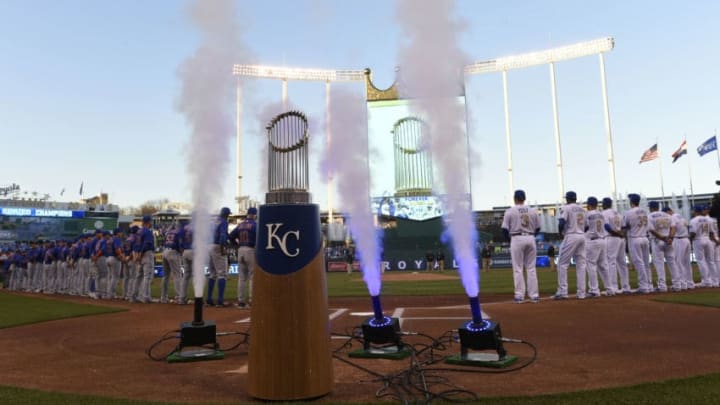
Throughout the years, the Kansas City Royals have had some iconic names out near the fountains in the outfield. Just who sits atop the throne as the best in Royals history?
Other teams fans can laugh and poke fun at the less than successful season that our boys in blue are having (except Orioles fans. Don’t do that). However, one thing is for certain: the Kansas City Royals outfield talent has been something extraordinary throughout the years, dating back to the franchise’s beginning.
From powerhouses like Bo or Jermaine Dye to speedsters like Jarrod Dyson or Johnny Damon, the Royals outfield has always been a thrill to watch, and the different archetypes that we’ve seen throughout the years show how unique different skill sets are in the major leagues, and how one person’s strengths can complement his counterpart.
Though this comes off as obvious, it definitely takes skill to play the outfield at Kauffman Stadium. Kauffman isn’t the most friendly place to play for a hitter or an outfielder. For the outfield, you better get your running shoes on and got a good stretch in, as this field has an immense amount of ground to make up and you’re going to need a cannon to throw out baserunners.
When you’re hitting here, you better have had your Wheaties for the day, because you’re going to need some extra help to hit the long ball.
With the Royals outfield, we haven’t seen many problems with either of these things throughout the years. If one spot in our outfield lacks one of these traits, there’s always another spot next to them that makes up for it. A recent example of this would be Lorenzo and Alex. Cain had the speed to cover huge holes in the outfield, and Gordon had an absolute rifle in his right arm.
That being said, let’s take a look back at some of the best outfielders that Royals fans have witnessed throughout the years.
